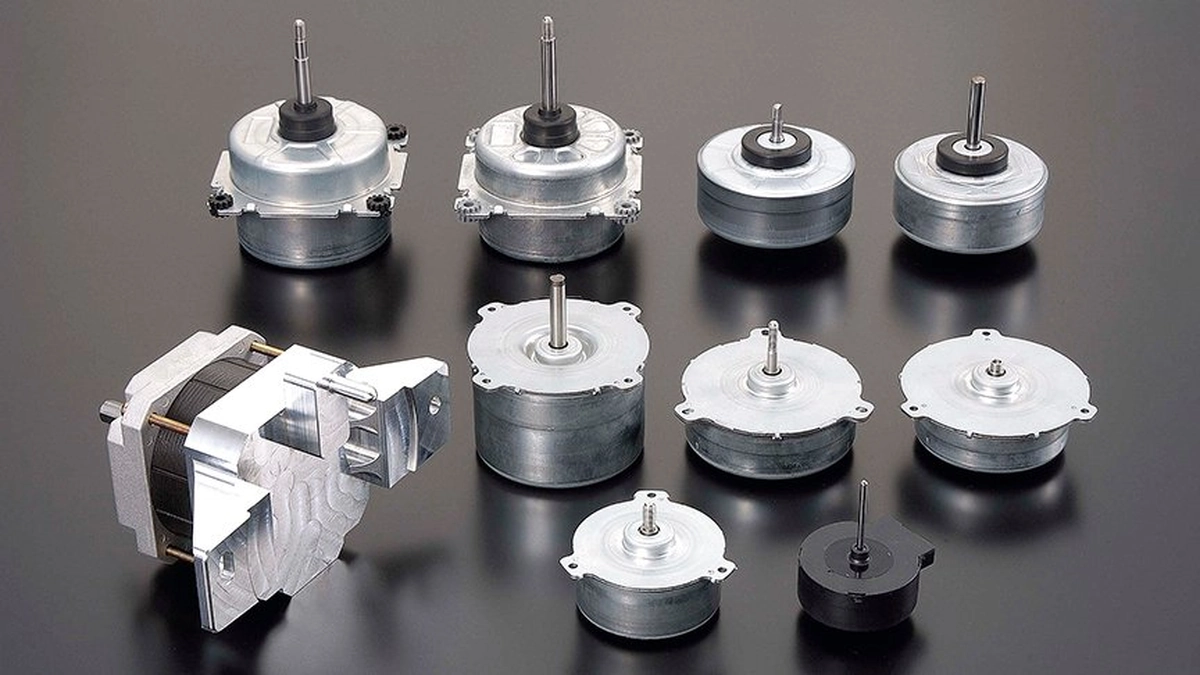Brush in dc brushed motor
2024-07-02 16:51:41
In the world of electric motors, brushed DC motors are widely used due to their simplicity and effectiveness in a variety of applications. At the heart of the brushed DC motor's functionality is the carbon brush, a critical component that facilitates the transfer of electricity from a static part to a rotating part within the motor. This article will explore the operation, selection, and intricacies of brushes in DC brushed motors.
The Role of Brushes in DC Motors
A brushed DC motor consists of a rotating armature, stationary magnets, and a commutator. Brushes play an indispensable role in this mechanism, conducting electric current between the stationary and moving parts of the motor. Understanding the operation and characteristics of brushes is crucial for optimizing motor performance and extending its service life. Brushes in DC motors are made of carbon blocks and are spring-loaded against the commutator's segments. As the armature spins, the brushes maintain electrical contact with the commutator, allowing current to flow into the armature windings, thereby generating a magnetic field that interacts with the fixed field to produce motion.
Functionality of Brushes

Brushes in a DC brushed motor are crucial for transferring electrical current between the stationary and rotating parts of the motor. The primary function of brushes is to transmit electricity to the moving parts of the motor. This must be accomplished with minimal resistance and consistent contact to ensure efficient motor operation.
- Positioned against the commutator: A rotating cylinder attached to the motor shaft, brushes help in conducting current to create a magnetic field necessary for the motor’s operation.
- Commutation: Brushes play a role in commutation, the process of reversing the current direction in the motor windings, which is essential for continuous rotation. The placement and design of the brushes in relation to the commutator are critical for this process. As the commutator turns, brushes facilitate the switching of current, ensuring the magnetic poles' continuous attraction and repulsion needed for rotation.
Material Composition
Electric brushes mainly include precious metal brushes and carbon brushes, each of which has its own advantages and disadvantages.
- Precious Metal Brushes: Compared to carbon brushes, precious metal brushes are a relatively low-cost commutation system suitable for applications with low current density, resulting in low friction and high efficiency. They are suitable for continuous operation applications, including small pumps, small dental tools, and other applications.
- Carbon Brushes: Carbon brushes are another type of electric brush, with relatively higher costs, but they perform very well in some large high-load applications, such as large actuators commonly used in industrial production.
Selection of Brushes
Choosing the right brushes for a DC brushed motor is crucial to ensure optimal performance and longevity. Factors to consider include the operating conditions of the motor, the load, speed, and the intended application.Next, we will take Lunyee's DC Brushed Gear Motor as an example.
- Load Conditions: The electrical load and operational speed of the motor dictate the brush type. High-load applications may require brushes with excellent conductivity and wear resistance.
- Environmental Conditions: The operating environment’s temperature and humidity levels can impact brush performance. Brushes designed for high-temperature environments often contain special additives to maintain their integrity and performance.
- Commutator Conditions: The state and material of the commutator also influence brush selection. Compatibility between the brush and the commutator material ensures minimal wear and optimal electrical contact.
Different carbon brushes have different material compositions and physical properties. The most suitable grade of carbon brush needs to be determined based on the operating parameters of the motor and environmental conditions. In general, an ideal carbon brush should have a long lifespan, produce minimal sparks, experience minimal commutator wear, have the lowest electrical and mechanical losses, and operate smoothly. However, in most applications, only a few carbon brushes can provide a long lifespan and proper commutation.
Technical Considerations in Brush Performance
- Brush Pressure: The pressure exerted by brushes on the commutator is critical. Too much pressure can cause excessive wear, while insufficient pressure can lead to poor electrical contact and arcing.
- Commutation Sparking: Sparking during commutation can lead to premature brush wear and reduced efficiency. This can be mitigated through optimal brush selection and maintaining proper brush alignment.
- Wear and Maintenance: Brush wear is inevitable, but choosing the right brush and performing regular maintenance can significantly prolong the life of both the brush and the motor.
Maintenance of Brushes
Regular maintenance of brushes is essential to extend the life of DC brushed motors and prevent operational failures. Worn or improperly maintained brushes can lead to sparking, excessive noise, and even motor damage.
Maintenance Practices
- Regular Inspection: Brushes should be inspected periodically for wear and tear. The length of the brush is a primary indicator of its condition. Most brushes have a wear indicator that shows when replacement is necessary.
- Proper Cleaning: The commutator should be kept clean and free of debris to ensure good contact with the brushes. Cleaning routines may involve using specific commutator cleaning products that do not damage the surface.
- Timely Replacement: Brushes should be replaced before they wear down to a critical level. It is often advisable to replace all brushes at the same time to maintain balanced performance.
Conclusion
Brushes play an indispensable role in the functionality of DC brushed motors, directly influencing their performance, efficiency, and reliability. Selecting the right brush involves considering the motor's use case, performance attributes, and environmental factors. Understanding some basic knowledge about brushes can help ensure the smooth operation of the motor.
See What Lunyee Can Do For You
Contact Us
- 8619149417743
- +86-0371-5562 0274
- [email protected]
- Zhengzhou, Henan Province, China
- Mon-Fri: 9:00 - 18:00




